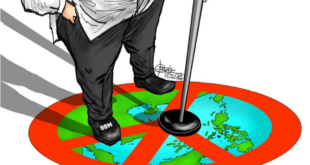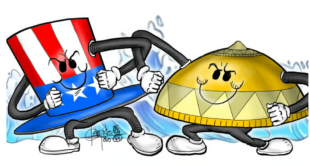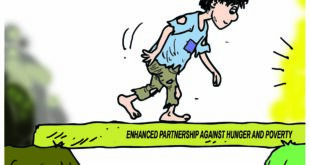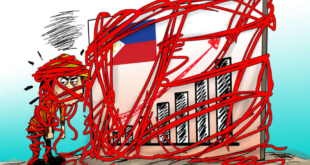
Illegal drugs continue to be a menace to society, breaking up families, destroying the future of the users, and causing harm to the community. The fight to eradicate the problem has been an ongoing program from one administration to the next, and countries have cooperated to destroy the networks that keep the illegal drugs trade going.
Any news about government efforts to break down the illegal trade is considered a victory. Two days ago, Malacañang announced some of these victories disclosed in a report of the Philippine National Police (PNP): ₱10.41 billion worth of illegal drugs confiscated, 27,968 barangays cleared of narcotics; 56,495 suspects arrested in over 44,000 anti-illegal drug operations, in 2023.
A bigger picture of the victories was posted by the Philippine Drug Enforcement Agency (PDEA) which the PIO office said is the coallated data from law enforcement agencies, for the period July 1, 2022 to Nov. 30, 2023: ₱30.39 billion worth of dangerous drugs, laboratory equipment and controlled precursors and essential chemicals seized; and 72,676 drug personalities, 4,937 of them high-value targets, arrested. In that period, 811 drug dens and one clandestine laboratory were dismantled.
A significant item in the Malacañang report shows the whole-of-nation cooperation in dealing with the drug problem, among these is the establishment of the community-based drug rehabilitation program (CBDRP) in 23 provinces, 447 municipalities, and 43 cities. Seventy-four in-patient treatment and rehabilitation facilities were also established. And, there are now Anti-Drug Abuse Councils (ADAC) functioning in 50 provinces, 1,160 municipalities, and 30 cities.
These were achieved through the consolidated efforts of the Department of the Interior and Local Government (DILG), the Dangerous Drugs Board (DDB), the PDEA, and the PNP.
Malacañang called the recent “government successes coming under President Marcos’s new approach to address illegal drugs by focusing on rehabilitation, reintegration, and preventive education programs specifically for the youth.”
What stands out in this report is the continued operation of the community-based drug rehabilitation program which started in 2016. This program, which had been turned over to the Department of Health, aims to rehabilitate the persons who surrendered through the healing of the body, mind and soul, through counselling, and other therapeutic sessions. It also aims to restore their connections with their families through various interventions. A group of volunteer experts facilitates the sessions. The eight-week program accepts low-risk surrenderers who are evaluated by a medical team.
Another facility for surrenderers are the 73 in-patient treatment centers and rehabilitation facilities.
By 2028, the administration targets the establishment of a one-to-one ratio of established treatment and rehabilitation facilities per province.
Government initiatives to eliminate the drug problem has not stopped adding programs that gather the cooperation of more sectors. In November 2022, the DILG launched the Buhay Ingatan, Droga’y Iwasan (BIDA) Program, in partnership with other national government agencies, LGUs, the private sector, and faith-based and civil organizations. It focuses more on drug demand reduction and rehabilitation in the communities, supported by law enforcement agencies including the PNP, PDEA, and the National Bureau of Investigation (NBI).
News of the confiscation of illegal drugs means there is less of that substance poisoning our youth. News of the arrest of persons who peddle those illegal drugs mean there is a disruption in the distribution network. News of more community rehabilitation centers mean more users are being guided to find their way back to their families and to a productive and happier life.
These are good news. The men and women tasked to fight the illegal drugs problem are doing their jobs. We thank them for risking their lives to eradicate this menace that can destroy society.
*****
Credit belongs to: www.mb.com.ph
 Atin Ito First Filipino Community Newspaper in Ontario
Atin Ito First Filipino Community Newspaper in Ontario






